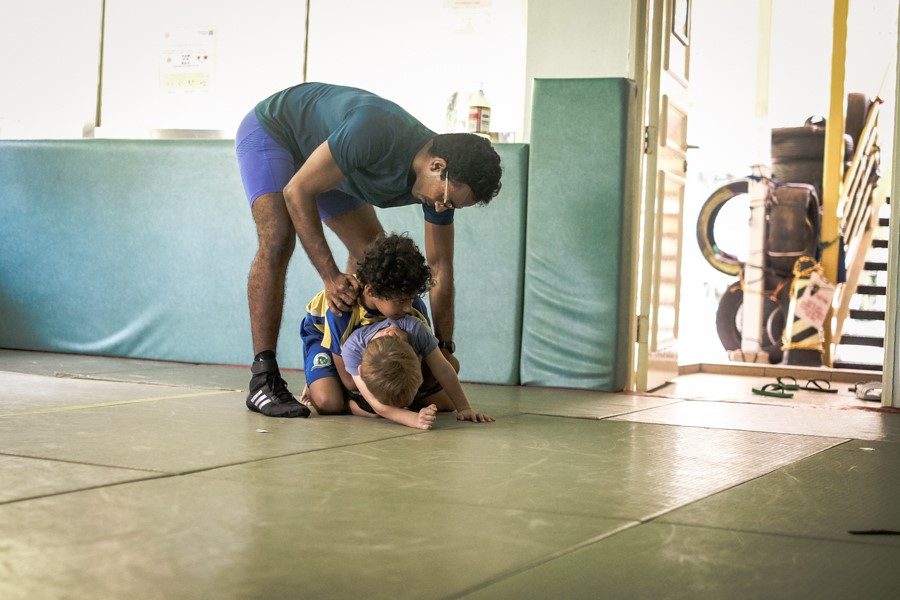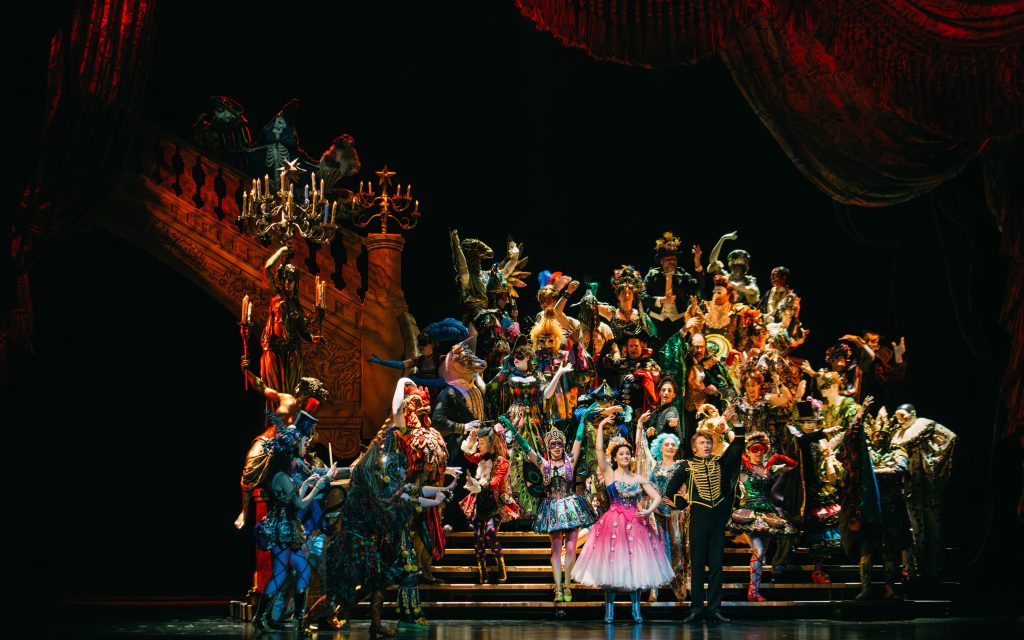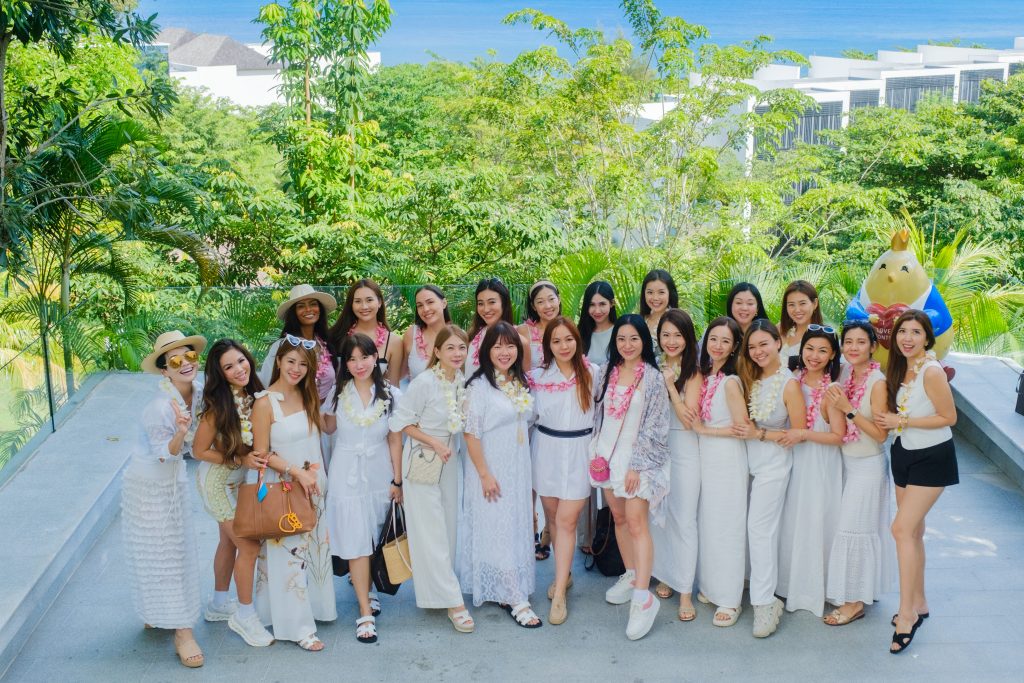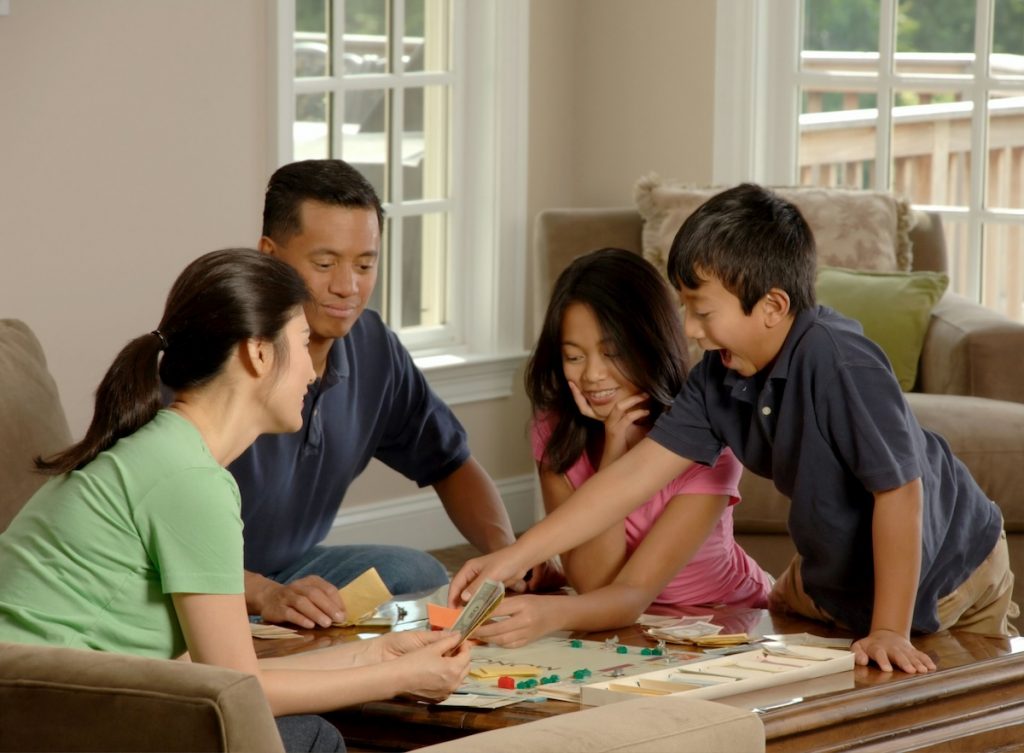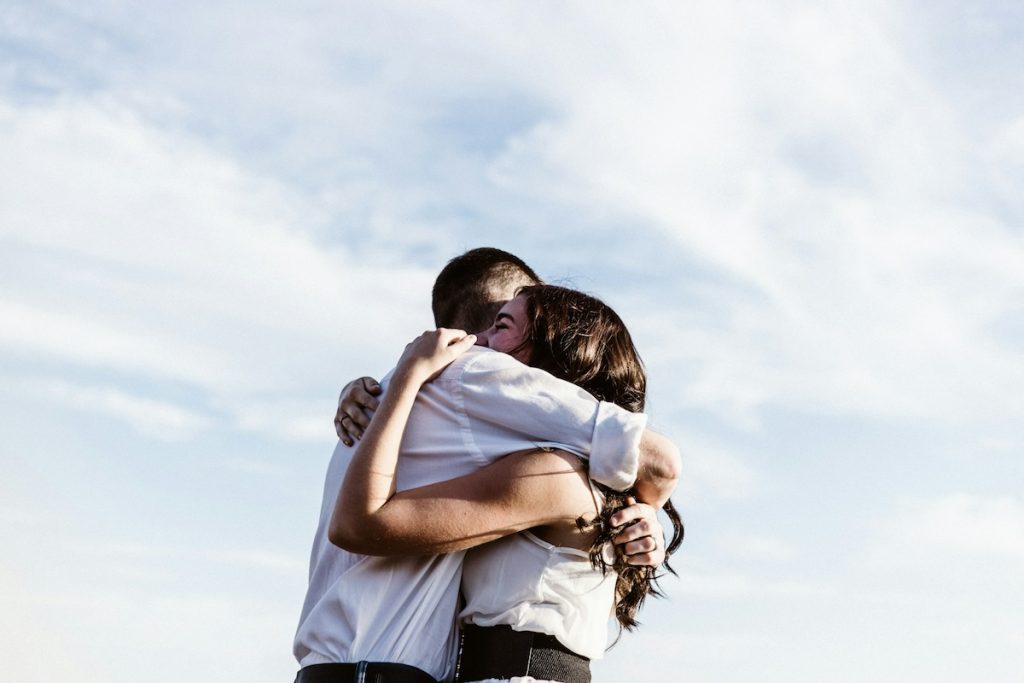Martial arts has been around for thousands of years and has helped those who practise it to train their mind, body and spirit to be healthy and well-balanced. Not only will practitioners learn effective self-defence techniques but also strive for inner peace and harmony. Kids who start their martial arts journey from a young age reap numerous benefits that take them through all the way to adulthood. Bruce Lee, the one of the greatest icons of martial arts said, “Martial arts are ultimately self-knowledge. A punch or a kick is not to knock the hell out of the guy in front, but to knock the hell out of your ego, your fear, or your hang-ups.” Here are the reasons why kids should take up this invaluable sport.
Learn About Discipline
Sometimes discipline is easier taught outside of home and what better way to teach your kids that than through martial arts. A dojo is a hall or place for immersive learning and commonly where all forms of martial arts is practised. With martial arts, children will learn focus, patience, restraint as well as a whole host of qualities that discipline entails. This discipline that is emphasised during martial arts practices will be imbued into their daily lives.
Learn About Conflict Resolution and Self-Defence
Contrary to popular belief, martials arts is not about fighting, but instead, the total opposite. The ultimate aim of martial arts is to teach kids how to resolve conflicts peacefully and in a non-violent way.
It also helps them to figure out ways to avoid physical altercations. It teaches them that self-defence doesn’t mean violence and allows them to boost their self-confidence in the process. Martial arts teaches kids to respond without reacting, without fighting.
Helps Kids Expend Energy and Stay Active
In an age where we are so bounded by screen and technology, martial arts is the perfect way to get the kids off their seats and stay active. What’s more, martial arts build muscle and increase cardiovascular performance, ensuring that your child is fit and healthy.
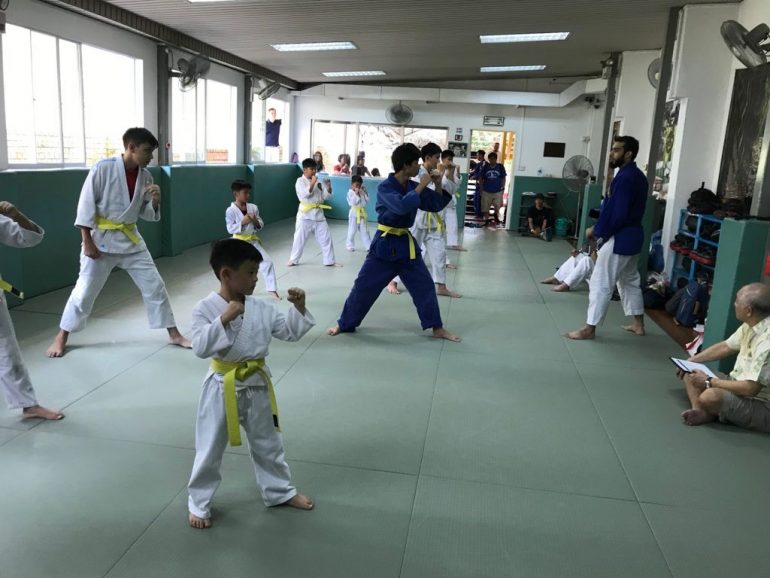
Learn to Set Goals
The mark to success is to set goals – ask any entrepreneur or elite athletes and he/she will tell you that that’s exactly it. Once kids learn to set goals earlier on in life, it helps them to stay focused and organise their resources so as to achieve what they’ve set out to do. Martial arts helps them with just that and with ever training session, they set out to achieve their goal. Goal setting becomes a good discipline and helps kids in every aspect of life.
Develops Self-Esteem and Confidence
The lack of self-esteem and confidence affects a child negatively throughout the rest of his/her life, which is why it’s crucial for them to engage in activities from an early age that’ll help them strengthen their self-belief. The satisfaction of learning and achieving in martial arts will do just that.
Learn the Meaning of Respect
Respect is a big part of martial arts and has been a longstanding tradition. Through training sessions, kids learn to be well-mannered and respectful not only to their coaches, but towards their peers and everyone else.
Builds Resilience
With martial arts, kids learn how to take hits, be it whether it’s physical or mental. What’s more important is how they come back from those hits and look towards doing better the next time. Half of martial arts is hitting, but half is also getting hit. It teaches them to better respond, manoeuvre, and anticipate their opponent’s next move. Learning how to take a hit is perhaps the best way for your kid to learn how to avoid it and develops resilience
Get Physical in a Safe Environment
If your little one is all about playing rough and tumble even in the most inappropriate ways and with practically everyone in the house, then martial arts offers a safe environment for them to punch, swipe, kick, and roll. Kids learn how to punch bags, land safely if they fall backwards and block someone else’s punches or kicks. It is also a good form of catharsis and helps kids to also have a healthy outlet to manage their anger and emotions.
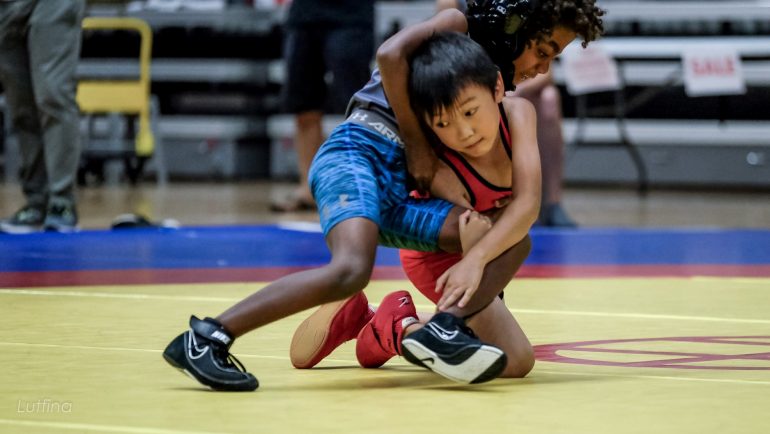
Strengthens their Minds
Martial arts doesn’t just strengthen the body, it strengthens your child’s mind as well. More often than not, it is our minds that hold us back from doing our best, overcoming fears and obstacles. A strong mind is a powerful tool to help kids overcome difficult times and face challenges in all aspects of their life.
Learn to be Independent
While kids learn to work as a team too during training, martial arts also helps them to learn all about independence and self-reliance. Only through hard work and commitment will kids be able to master techniques, progress to the next level or win competitions. With martial arts, excellence is all about being independent and sheer hard work. Tanglin Community Club (TCC) offers a comprehensive range of martial arts courses both for adults and kids. These include Aikido, Judo, Ju-Jitsu for Beginners, Karate, Muay Thai, Taekwondo as well as Wushu.
Aikido
Aikido is a Japanese form of martial art based on the principles of universal harmony created by Morihei Ueshiba. The goal is the defeat of the negative characteristics which inhabit one’s own mind and inhibit its functioning. It combines practical self-defence movements taken from sword and spear fighting, jujitsu, aikjutsu and other ancient forms of martial arts. It emphasises centralisation of thoughts and actions and the extension of mental energy (qi). Participants will learn aikido with the mind and body unified as well as qi exercise, breathing and meditation.
The way of Harmony with Kid – Sensei George “Aikido”
Arnis (Lightning Scientific)
This indigenous Filipino martial art (FMA) combines speed, power and skill where weapons and unarmed fighting are integrated into a tactical whole. Weapons-free fighting such as Philippine-style boxing, kicking, wresting and grappling will also be incorporated during the session.
“One Mind, Any Weapon.”- Kilat Senjata “Arnis”
Judo
Judo was developed in 1882 by Professor Jigoro Kano from the techniques of Jujitsu because he felt that Jujitsu was too aggressive. It allows one to make use of an opponent’s strength to defeat him, relying on defence, not attack. It can be practised by anyone regardless of age or sex. As a beginner, a student will learn the basic techniques and attend a grading test at the end of the course. He then will earn his first mon/kyu belt. After that, it is the advanced dan (black belt) course.
Ju-Jitsu
Jujitsu is a form of self-defence martial art from Japan. It employs many techniques of grappling such as throws, joint locks, chokes and holds. Jujitsu integrates a fair amount of striking techniques using kicks, punches, knees and elbows. A vital concept is the ability to change from one technique to another, and then another, as quickly and as many times as is necessary to defeat an attacker. In this course, participants will learn grappling techniques such as throwing, locking joints, immobilising holds and methods of striking.
“Ju-Jitsu for Good – A Better World Through Ju-Jitsu dedicated to sustainable social change to promote P.I.E. (PROTECTION, INCLUSION, EMPOWERMENT) and build a Ju-Jitsu community that is informed, equipped and capable of serving others in the pursuit of sustainable social change.” – Henry Kothagoda “Ju-Jitsu”
JuGoKen Kempo
JuGoKen Kempo is a martial art style with original roots in the traditional Shaolin KungFu and has blended a few Japanese martial arts styles into a practical system. It applies the traditional and weapon techniques in practice and also encompasses new techniques and drill flows to enhance the practical application of the techniques.
A typical class starts with warm-up and stretching, followed by fundamentals and basic body movements and basic techniques in single form. After a short break, the students then practice in pairs with a partner and according to their levels/ experience. There is a variety of techniques being taught from hard forms(Kicks and punches) to soft forms (Deflections, evasions, locks and throws and take-downs) as well as weapons training )primarily shirt and long sticks).
The typical training uniform is similar to a karate or Judo jacket and pants and the students progress through various coloured belt ranks all the way up to a black belt.
“Half for yourself and half for others” – Achim Ringel “JuGoKen Kempo”
Karate
Karate is an ancient Japanese martial art whose roots could be traced to the Chinese Shaolin martial art. It is a self-defence martial art incorporating the Shaolin indigenous fighting techniques. It is also a popular sport, and is making its first appearance in the Olympics Game in 2020. Participants will learn the basic techniques of blocking, punching, striking and kicking, sparring, offensive and defensive techniques and proper body movements. It is a safe competition sport based on points awarded for proper delivery of techniques. Karate training enables the individual to cultivate physical (strength, speed, rhythm, balance, power), mental (focus and concentration) and spiritual (perseverance, fighting spirit) strengths. It is suitable for all ages, especially youth and children.
Kendo
Kendo is a Japanese martial art which has evolved from its traditional combat based history to its current focus on character development. As a core component of the Japanese culture, proper etiquette, discipline and a strong sense of respect to fellow human beings are key issues involved in Kendo.
All training sessions start with a warm-up section of about 15 minutes. Following which, the trainer will being the training with basics training consist of reviewing basic kendo movements and cuts. This will move on to practising cuts in a more dynamic fashion, which involves building up quick movements and practising cuts on their partners in full armour.
Basic attire will be a full blue training jacket and pants in kendo. The armour will be required as the student progress further.
“There are no styles of karate-do, just varying interpretations of its principles.” – Chia Kwek Fah “Karate”
Modern Living - The Art of Muay Thai
If you loved the furious punches and lethal kicks in Ong-Bak: Thai Warrior, this is the sport for you! Muay Thai is a martial art like no other, with its emphasis on offence and defence and stamina and agility. Its hand and leg movements are unlike boxing, which focuses on knocking out an opponent with fists.
“Respect All , Fear None” – Alvin Seet “Muay Thai”
IAIDO
IAIDO is the art of the Japanese traditional sword, the Katana, and using it correctly with the right mental and physical presence. It is practiced through the learning and repetition of forms executed by oneself against one or more imaginary opponents. Iaido is balanced in its movements and simple in its elegance.
“One Breath, One Cut, One Victory”– Giacomo Merello “Laido”
Olympic Wrestling
Olympic Wrestling is one of the Original and main sports in the Ancient and Modern Olympic Games.
Wrestling as a sport uses the entire body and is a fun way to get kids fitter, well-coordinated and develop a high level of kinesthetic awareness. Most importantly, it is not limited by size or gender and anyone can wrestle.
During wrestling, kids will need to work with others in order to learn new techniques such as Take downs, Throws and Pins. They will also inevitably experience challenging situations where they may not always come out on top. This will allow them to learn about failure within a safe environment and most importantly, how to deal with it and become champions in life.
“Putting your kids in wrestling sets a foundation for them to be successful later in life!” – Gabriel Huang “Meerkats Wrestling Club”
Taekwondo
Taekwondo originated in Korea. Often translated as the way of hand and foot, it is the art of kicking, punching and unarmed combat. Mental discipline and emotional equanimity are important elements of the martial art. Participants should also note that there are different schools or systems of taekwondo which operate under different rules and have their own grading examinations and competitions. There is no common system to allow automatic transfers or crossovers from one class under one system to a class under another.
Wushu
Wushu is a self-defence sport from China. The theory of wushu is based on classical Chinese philosophy while the skills consist of various forms of fighting. Wushu helps one strengthen and build up one’s physique. Participants will learn the basic footwork or “”zan ma bu””, the techniques of delivering blows and kicks in an unarmed attack and the use of spear, sword and staff.
For more information, visit their Facebook Page and book your session through www.onepa.sg.
Article brought to you by Tanglin CC



